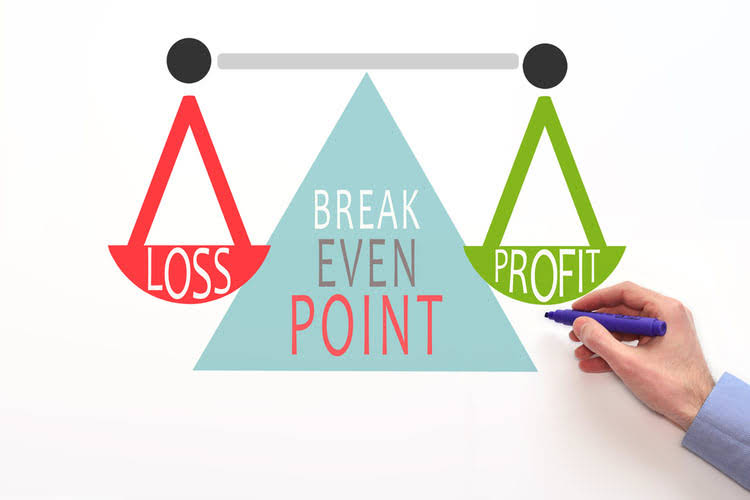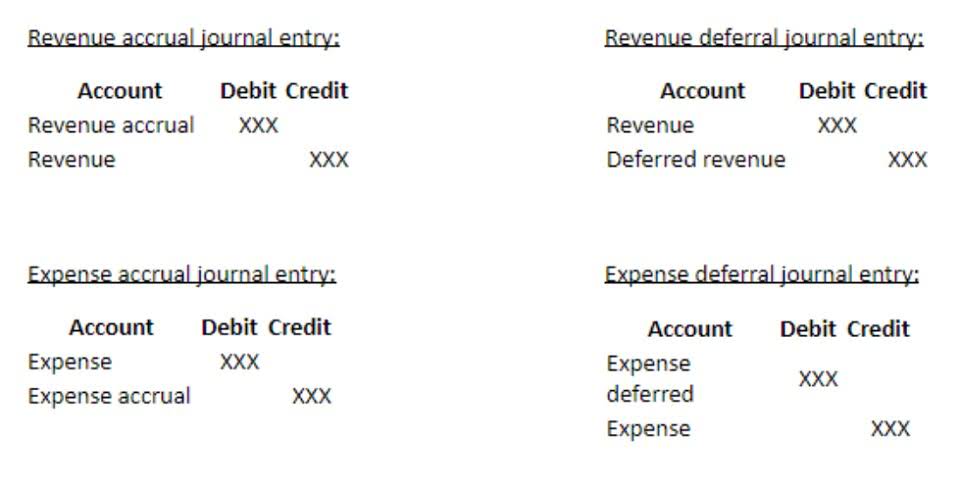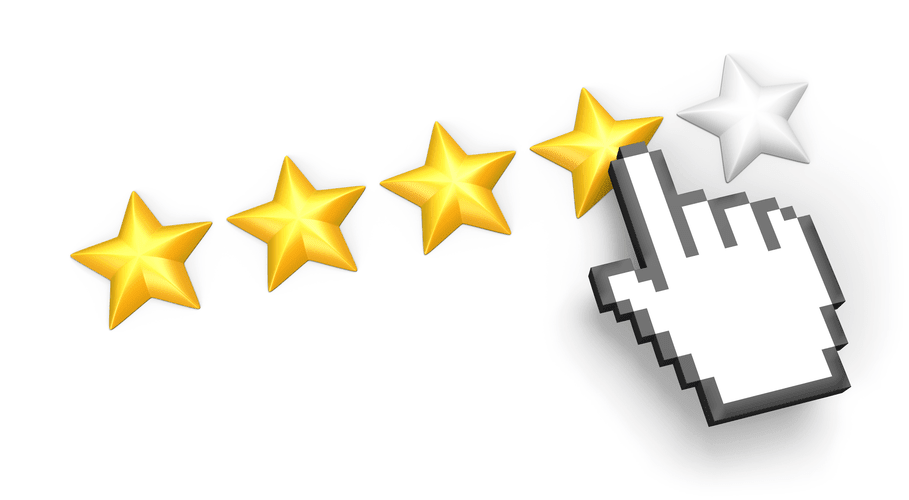
There are many ways to implement cost reduction in projects, from proper allocation of resources to mentoring and retaining your team. Project managers should explore all aspects of cost reduction, whether that’s process improvements, reducing project scope or even outsourcing as needed. These cost control examples illustrate that managing costs requires detailed planning, regular monitoring, clear communication, and a willingness to adapt as needed. By embedding these practices into their project management processes, companies can improve their financial performance and deliver more value to their clients. Understanding the key factors that influence project costs is essential for effective cost control.
What is the Difference Between Cost Control and Cost Management?
Undoubtedly, implementing cost control strategies offers numerous advantages to businesses. Direct costs are expenses that are directly tied to your production process. These include things like the cost of raw materials or labour directly involved in creating your product cost controls or service.
Cost Monitoring and Tracking

The very first step in any cost management process is resource planning, which is when the cost manager reviews the project’s scope and specs to figure out what resources the project will require. Cost control is the process of planning, monitoring, and adjusting the budget and expenses of a project to ensure that it meets the objectives and requirements. Reduction of wastes in general can also reduce manufacturing costs considerably. Of course, a certain amount of waste and spoilage is unavoidable because employees do make mistakes, machines do get out of order and sometimes raw materials are faulty. However, attempts can be made to reduce these mistakes and faulty handling to the minimum.

Technology That Provides Relationships and Emotional Support

Effective supplier management involves negotiation, strategic partnerships, and sourcing alternatives. On one hand, you should always look for partnerships with vendors and suppliers who get you the best deal for your business. Businesses with flexible cost structures can adjust more effectively to market shifts, ensuring they remain https://www.bookstime.com/ agile and responsive to emerging opportunities or challenges. Armed with this information, leaders can make informed and strategic decisions that align with the company’s overarching financial goals.
Parametric estimation uses statistical modeling to estimate costs based on key project parameters. This method involves identifying the main cost drivers and creating a mathematical model that relates them to total costs. While more complex than factor estimation, parametric estimation can be more accurate, especially for larger projects.

- Engagement by team members improves as their ability to make meaningful contributions to results increases.
- Where cost control focuses on both the big picture and the smaller details, expense control makes immediate changes to spending habits in order to keep projects on track.
- Smart systems for lighting, heating and cooling can help lower your utility bills.
- As you can see, cost control is a vital and valuable practice for any organization that wants to succeed and thrive in today’s competitive and dynamic environment.
- This technique not only improves cost efficiency but also enhances customer satisfaction by delivering higher value products.
- Define clear and measurable cost objectives and indicators for each activity, project, or department, and align them with the overall goals and vision of the organization.
Cost analysis serves as a diagnostic tool, revealing the fundamental factors influencing expenditures. Organizations can pinpoint the specific drivers behind costs, allowing for targeted interventions to control and optimize spend management. Cost analysis delves into the intricacies of expenditure, offering insights through techniques like variance analysis and cost-benefit assessments. Identifying relevant benchmarks and adopting industry best practices demands careful consideration. This not only reduces the likelihood of errors but also frees up resources for more strategic, value-added activities, contributing to overall cost-effectiveness.
EnKash secures PPI license; aims to lead in Corporate Cards and Spend Management
Your business’s mission is to reach a target income needed to cover all the business expenses and achieve a specific profit margin. But to do this, you might need to change control systems to increase profits by reducing actual costs or increasing sales. Earned value management, cost management steps, and target net income for a project may be incorporated into project management software. Standard vs. actual costing can be implemented in feature-rich ERP systems for manufacturing companies.
Monitor the Project and Costs
Earned Value Management (EVM) provides a comprehensive assessment of project performance by integrating scope, schedule, and cost. Metrics such as the Cost Performance Index (CPI) and Schedule Performance Index (SPI) help in gauging the project’s financial stability. Cost Controllers perform a range of tasks related to financial planning, record-keeping and cost analysis. Reporting bookkeeping of efficiency or inefficiency displayed by each person should be prompt. The needs of the majority of the users of accounting information can be satisfied by financial accounting.
- Modern project management tools, such as GetGenerative.ai, automate cost tracking, generate real-time financial reports, and provide actionable insights.
- Streamlining workflows, reducing bottlenecks, and enhancing efficiency contribute to overall cost reduction while maintaining or improving output quality.
- Cost control is a fundamental aspect of business management, pivotal in ensuring a company’s financial success and sustaining profitability.
- Users can easily track and analyze where funds are being allocated, providing transparency in financial transactions.
For example, if the supplier has increased the prices for materials during peak production season, the company can negotiate a fixed-rate deal or prepare the budget ahead of time. Reports should provide precise numbers, dates, and names, all of which are crucial to establishing proper control over your finances. If the company still relies on manual data entry and keeps all of its data in a spreadsheet, there’s a high chance of mistakes. Cost control gives you an entire overview of the company’s cost structure, where you can spot potential risks before they actually happen.


